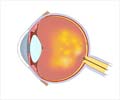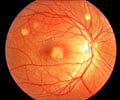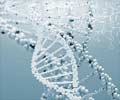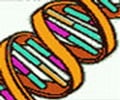Gene therapy is making promising strides for one of the most common causes of blindness, wet age-related macular degeneration (AMD).AMD is a degenerative eye disease that happens when part of the retina is damaged.
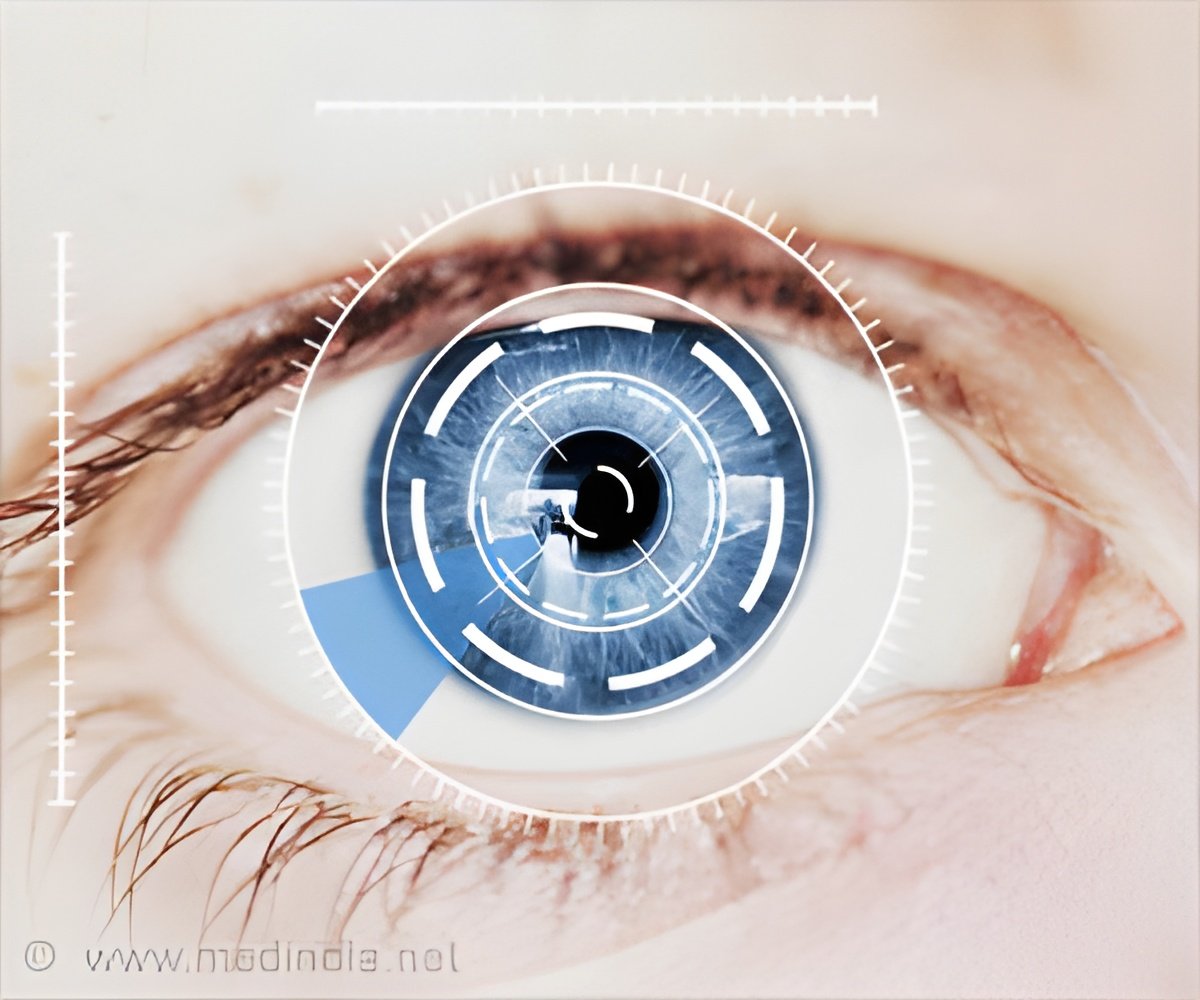
‘Patients may need a booster once in a while, but this gene therapy could theoretically last a lifetime.’
Read More..




Researchers say the hope is that gene therapy will free patients from nearly monthly eye injections by offering a potential “one-and-done” treatment. It’s not just about convenience; a more consistent treatment may also help people keep more of their vision. The research will be presented today at AAO 2019, the 123rd Annual Meeting of the American Academy of Ophthalmology. Read More..
“This is potentially paradigm-shifting,” said lead researcher, Szilárd Kiss, M.D., director of Clinical Research and chief of the Retina Service in the Department of Ophthalmology at Weill Cornell Medical College in New York City. “It’s the next revolutionary leap in treating AMD. When you think about what is science fiction and what is science reality, gene therapy for AMD is becoming a clinical reality.” Dr. Kiss expects a gene therapy for wet AMD could be available within the next three to five years, depending upon the results of further clinical studies and regulatory approvals.
AMD is the most common cause of vision loss and blindness in Americans over age 50, affecting about 2.1 million people nationwide, a number that’s expected to explode as the population ages.
AMD is a degenerative eye disease that happens when part of the retina is damaged. The damage happens when new, weak blood vessels form behind the retina at the back of the eye. These abnormal vessels leak, causing scarring and killing off the cells that allow us to see.
The first revolutionary leap in AMD treatment occurred a little over a decade ago, with the introduction of a new medication called anti-VEGF therapy. It was the first treatment to inhibit the formation of those damaging, new blood vessels, allowing more than 90 percent of patients to keep their vision, according to clinical trials.
Advertisement
Researchers have been searching for a better alternative to monthly injections almost from the moment anti-VEGFs were introduced. Gene therapy is emerging as one of the more promising alternatives to long-term anti-VEGF treatment.
Advertisement
To do this, Dr. Kiss and colleagues have developed a next-generation vector that can insert into the cells of the eye, the genetic material that makes a molecule similar to a widely used anti-VEGF medicine called aflibercept. Once inside the cells, the DNA sequence begins making the aflibercept protein.
“Instead of taking a vile of aflibercept and injecting it into the eye, your eye makes the aflibercept,” Dr. Kiss explained. “The goal is a potential one-and-done treatment. You may need a booster once in a while, but this gene therapy could theoretically last a lifetime.”
In animal studies, Dr. Kiss and colleagues have shown that this gene therapy works just as well as an injection of aflibercept, with a favorable and manageable side-effect profile.
Dr. Kiss will be presenting today, early data on the first human subjects treated. The phase 1 clinical trial has thus far enrolled 12 patients who received a single injection of gene therapy for wet AMD. Prior to the study, the patients had received an average of 35 anti-VEGF injections; one patient had 109. Since entering the gene therapy trial, the patients required no rescue treatments through the first six months.
Source-Newswise

